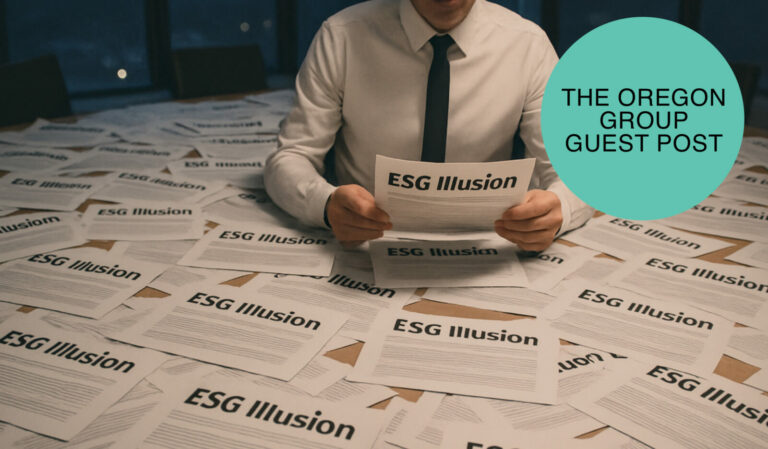Written by Digbee CEO Jamie Strauss for SNNWire in November 2019
Historically considered high risk with a poor execution record and complex with a low regard for governance and transparency – yet the mining industry has been undergoing a quiet but dramatic revolution in recent years. On the verge of bankruptcy just four years ago, the leading producers are now recording record cash flow, healthy balance sheets and dividend yields in excess of 6%. Workers accident rates on operating mines have fallen to record lows and environmental practices are more robust than at any previous time. Private Equity, almost extinct form the industry 10 years ago, now dominate the landscape to finance new mines and through this position have been the driving force of improved returns, risk mitigation and heightened awareness of the environment and safety. Even within exploration the odds are improving as techniques improve through the use of appropriate technology.
So how does such a positive backdrop of the industry fail to inspire investors from millennials through to institutions? I am not arguing for across-the-board increases in valuation – that is earned based on merit. What I am striving for is greater recognition of a sector that has fallen out of love, is suffering an extended hangover from the supercycle period and a complete lack of confidence in itself. This is a sector that is instrumental to the solutions of the global environmental crises, critical to the growth of many of the world’s leading industries and yet is a sector that hardly registers in most investors portfolios.
The problem comes back to my first sentence – ‘..high risk, poor execution, complexity and transparency’
The problem and its historical context
In 2003, the securities regulators in the leading mining jurisdictions of Canada and Australia set up stringent reporting requirements in the form of 43-101 and JORC codes. These were designed to protect investors and covered the parameters of reporting both reserves/resources as well as economic studies in order to progress and finance a project. They have without doubt been a success in reducing fraudulent behaviour.
But despite the original intent to provide better and more transparent information, these reports now typically extend well beyond 400 pages (often close to 1,000!), cost tens of millions to prepare and are filled with such complexity that very few people are capable of interrogating the information to any real advantage.
Other than better policing of the sector to protect investors, what is the purpose of these reports if few can understand them? Imagine a funnel where thousands of data points and assumptions are fed into the top. When all that data is calculated an NPV and IRR pops out the bottom of the funnel. Brilliant, so long as the numbers achieve an acceptable hurdle, it will prove to the world that we have a positive economic study that will attract investors. But 4 out of 5 mines that progress into development exceed their budgeted development cost by an average of over 40% – usually leading to devastating consequences for the shareholders.
So there is a missing link… and it can be found at the top of the funnel. We need to better understand the inputs and assumptions made, improve the transparency of the available data and become more flexible in adapting decisions to mitigate risk in mining development even if it results in higher capital or operating cost.
The problem we as investors face is that data itself, if understood in the first place, cannot always be taken at face value and yet the cost and time to analyze is usually prohibitive to most. For the average investor, over-confident interpretation of the Reporting Codes or of the data itself has replaced fraud as the investors primary concern. What’s more, existing research focuses on financial centric opportunities and not the key technical risks that determine a positive or negative outcome – if these risks are based on unrealistic assumptions then the compounded impact can lead to calamitous results as is so often the case.
The void of capital within the sector we experienced following the end of the “supercycle” has been filled by a new breed of sophisticated investors – private equity, strategic investors and royalty companies. None of these groups would consider an investment without some form of appropriate due diligence – a costly and time consuming exercise designed to mitigate risk and explore opportunities. The negative repercussions of this within the small pool of investment opportunities is that lower quality assets tend to get left behind for those who do not complete satisfactory due diligence.
Having explained the problem and the impact, what is the solution?
I launched Digbee (thedigbee.com) earlier this year with the overriding intention to open the sector to a large and growing audience through the provision of plain language due diligence, by an independent expert network of mining professionals, at a significantly reduced cost to the options that currently exist.
So how does it work and who does it benefit?
Digbee has put together the world’s first expert network of accredited mining professionals – Geologists, Metallurgists and Mining Engineers. Once approved to write on Digbee, they select a project to write on, sign a disclosure form, complete their Report using a Digbee template and publish onto the platform. Pricing of the report is dynamic based on the experience level of the underlying expert but is expected to average ~$2,500. Buyers of the Report are then encouraged to score it. The experts not only receive 50% of all sales, but in producing these reports, are given a platform to raise their profiles within the industry.

At the heart of each Digbee Report will be a Digbee Score – an objective score by the Expert author based on three key and standardised questions relating to the discipline being reported.
The user base is now able to anonymously access a library of objective analysis, in plain language, validate key metrics and identify opportunities and risks that would not have been possible before – all at a fraction of the cost currently available.
For those mining companies who accept that development risk exists on any project and identifying mitigating impacts are a positive process to minimise delays, cost overruns and disappointments then Digbee Research provides value add analysis to a wide audience of investors at no upfront cost to themselves.

Digbee’s strength lies in the ability to bring all parts of the industry together, to improve transparency and find solutions, to strengthen due diligence and ensure we accelerate transformation of this critical industry for the benefit of all participants.


